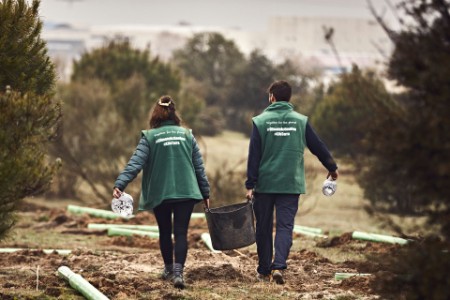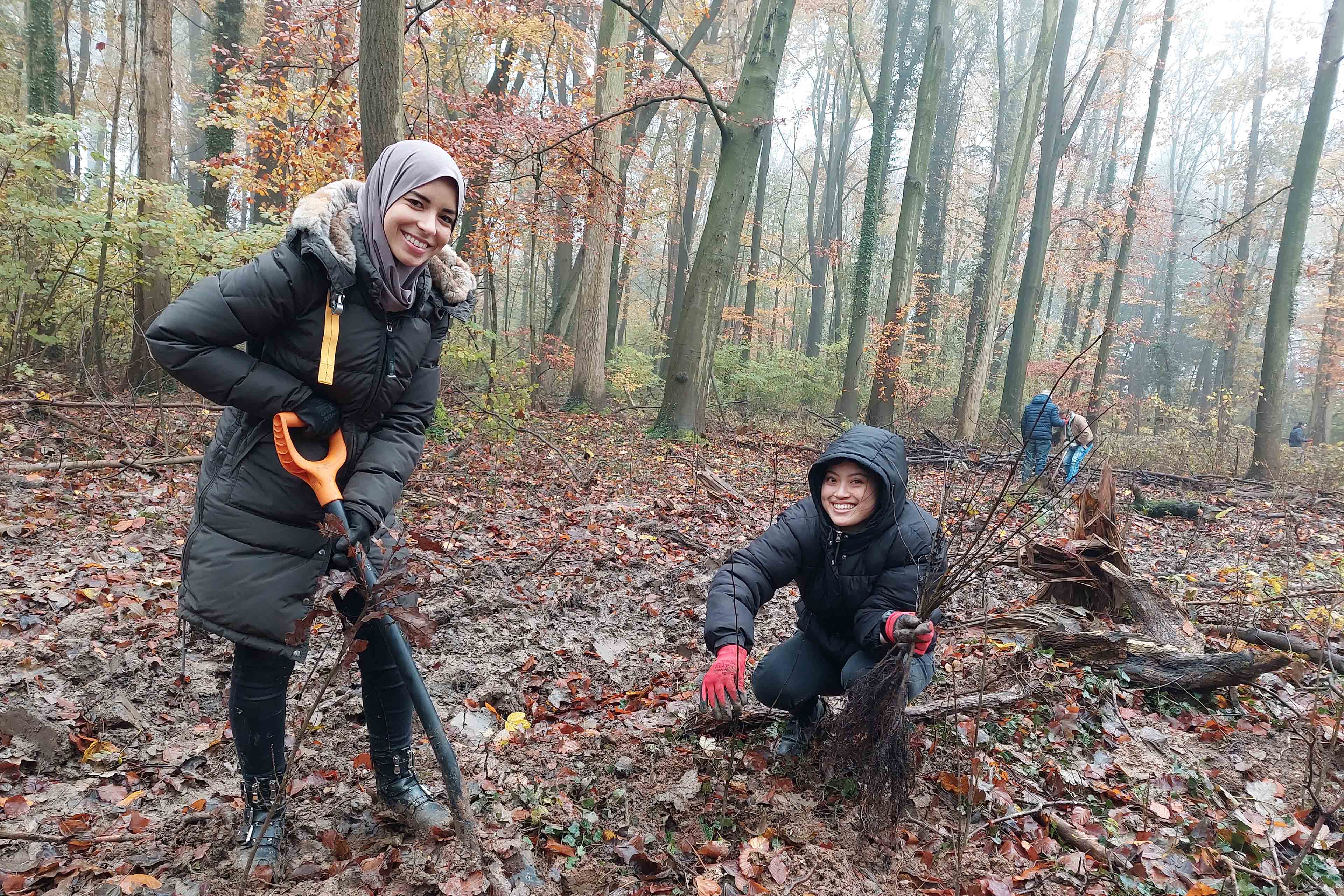Collaboration and connection
Claudy: “Life Terra is not just about planting trees – it also connects people. Why did you decided to become affiliated with Life Terra? Why is it so important to you?”
Prof. Santi: “We can't turn a blind eye to reality. Climate change is happening now and we need to take action. In the process, we therefore need to restore nature and make our society aware of the seriousness of the situation – after all, climate change is not our only problem. Loss of nature and therefore biodiversity is a co-occurring Biosphere crisis. There are many interactions between biodiversity decline and climate change, but further than climate, land use change promoted by humankind also plays a key role. Involving people in restoring Nature but including biodiversity as a goal, Life Terra combines the two: by planting trees together and sharing knowledge, we connect people and restore and protect nature on a large scale.”
Claudy: “There are many initiatives across the globe. Why did you choose Life Terra?”
Prof. Santi: “We can't stand by and do nothing, but planting trees is not enough. In fact, it's partly symbolic. We have to make people aware and change their behavior in order to reduce their negative impact on nature and the environment. We face a difficult challenge, but the beauty of Life Terra is that we have developed programs for schools. Educating and informing the younger generation is an important step in our transition to a sustainable society. We tell them about different kinds of trees, how to plant a tree properly, the impact of reforestation and the impact on the environment. After the lesson, the children get stuck in with their own activities.
Another important aspect of Life Terra is its collaboration with universities. We use scientific evidence to explain which trees need to be planted where. This is important because climate change has not stabilized yet, and so we don't know what the future will hold. However, we will need to prepare for changing conditions anyway. We monitor what does and doesn't work – it's an ongoing process.
Life Terra has more meaning than just planting trees. It symbolizes connecting people with nature, raising awareness and large-scale behavioral change. Last year, Life Terra planted one million trees across Europe. The ultimate goal is to plant at least 500 million trees in Europe. That decisive action and scope makes a huge difference.”




